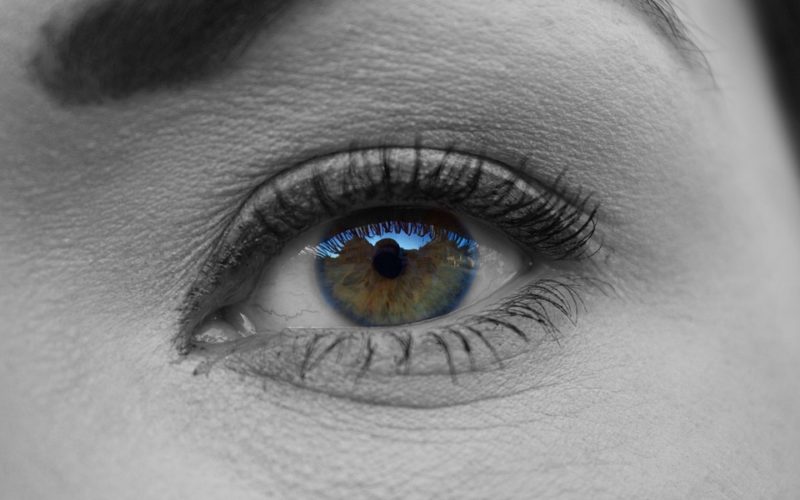The End of Hearing Aid Stigma?
Hearing loss affects millions of people across the UK, yet a significant number of them delay seeking help. While many factors contribute to this delay, one of the most persistent is the social stigma attached to wearing hearing aids. For decades, hearing devices were seen as bulky, noticeable, and exclusively for the elderly. This perception created a barrier, making people feel self-conscious about addressing their hearing health. However, technological advancements are rapidly changing this narrative, offering solutions that are not only effective but also virtually invisible, helping to dismantle old stereotypes and empower individuals to take control of their hearing loss.
Understanding the stigma of hearing loss
The reluctance to wear a hearing aid often stems from a fear of being perceived as old, weak, or disabled. This stigma can have a profound impact on a person's social and emotional well-being. Individuals might worry about how they will be seen by colleagues, friends, or even family. This concern can lead them to withdraw from social situations, avoid conversations, and isolate themselves to hide their hearing difficulties. The irony is that untreated hearing loss often leads to the very communication breakdowns and social awkwardness that people fear a hearing aid will cause. Struggling to follow conversations can be more noticeable than wearing a discreet, modern device.
The emotional and social cost of untreated hearing loss
Delaying treatment for hearing loss does more than just affect your ability to hear. It has been linked to a range of serious health issues, including an increased risk of cognitive decline and dementia. Socially, it can strain relationships, as communication becomes a constant effort for both the individual and their loved ones. Frustration and misunderstandings can become common, leading to feelings of isolation and loneliness. Professionally, unaddressed hearing loss can hinder performance, create safety risks, and limit career opportunities. Acknowledging the need for help is the first step towards mitigating these significant risks.
How hearing aid technology has evolved
Gone are the days of cumbersome and conspicuous hearing aids. Today’s devices are marvels of miniature engineering, designed with both performance and discretion in mind. The shift from analogue to digital technology has been revolutionary, allowing for clearer sound processing that can be customised to an individual's specific pattern of hearing loss. Modern hearing aids can filter out background noise, focus on speech, and even connect wirelessly to smartphones, televisions, and other devices via Bluetooth. This evolution has transformed them from simple amplifiers into sophisticated personal communication hubs.
The rise of invisible hearing aids
The most significant development in combating stigma is the creation of "invisible" hearing aids. These devices are custom-moulded to fit deep within the ear canal, making them completely hidden from view. The two main types are Invisible-In-Canal (IIC) and Completely-In-Canal (CIC). Because they sit so close to the eardrum, they can provide a more natural sound quality and reduce issues like wind noise. For those whose primary concern is appearance, these devices offer a perfect solution. They allow users to experience the full benefits of improved hearing without any of the associated self-consciousness, effectively removing the visual evidence of their hearing loss.
Choosing the right solution for you
While invisible hearing aids are an excellent option for many, they may not be suitable for every type or degree of hearing loss. Factors like the severity of the loss, the shape of your ear canal, and your lifestyle needs will determine the best device for you. Other discreet options, such as Receiver-In-Canal (RIC) models, feature a tiny casing that sits behind the ear with a nearly invisible wire. The key is to consult with an audiologist who can conduct a thorough hearing assessment and guide you through the available options. They can help you find a solution that not only meets your hearing needs but also makes you feel comfortable and confident.



























